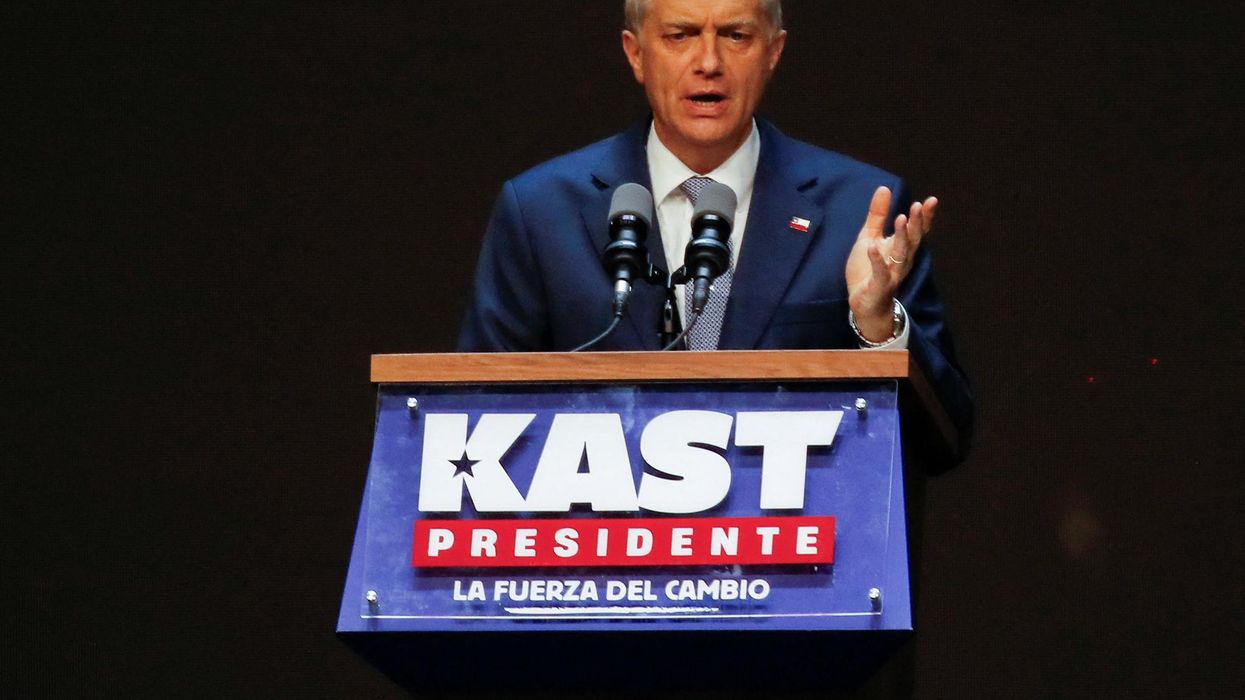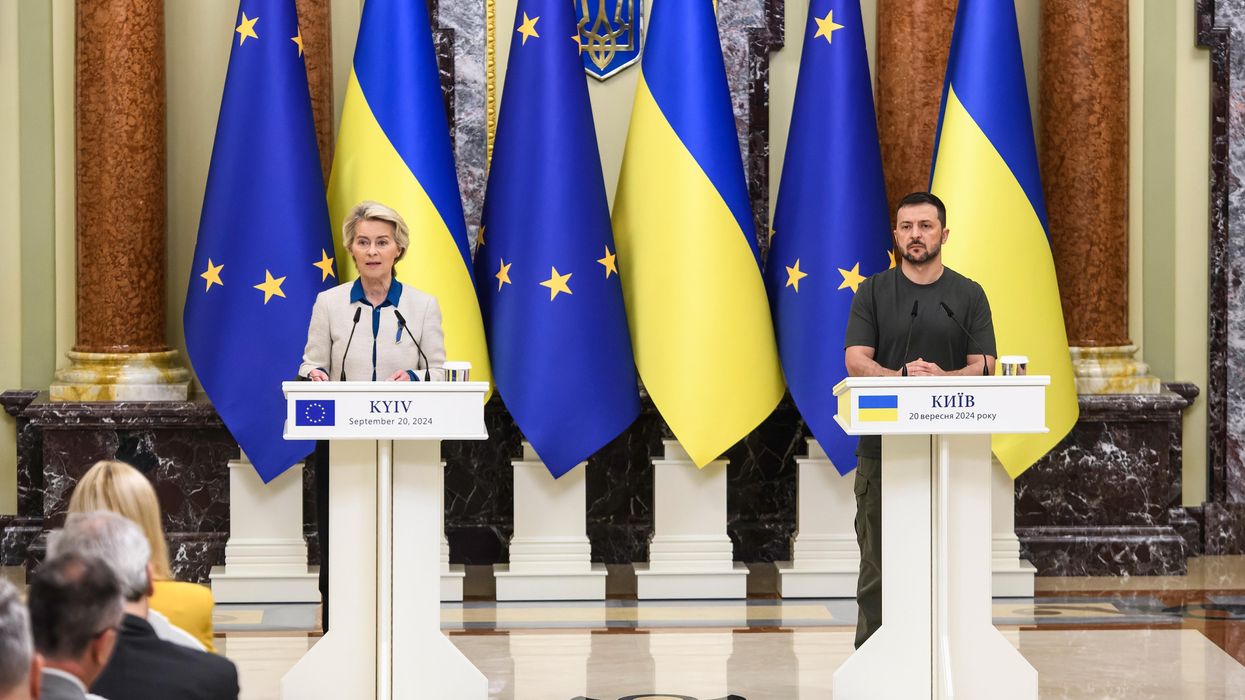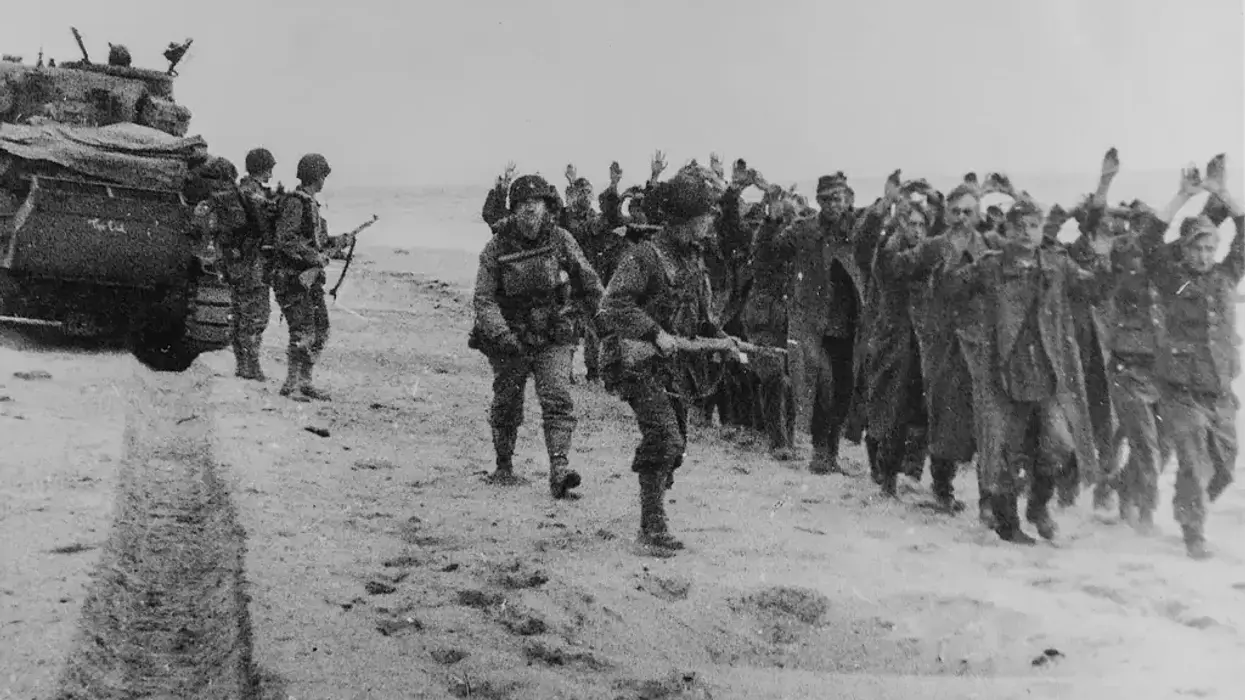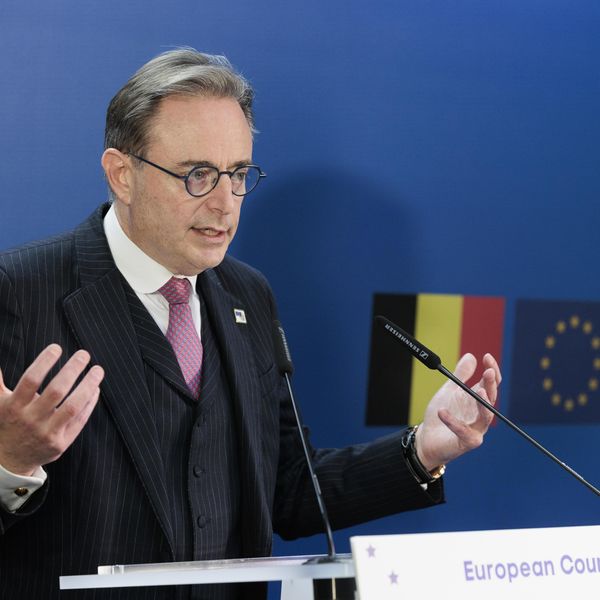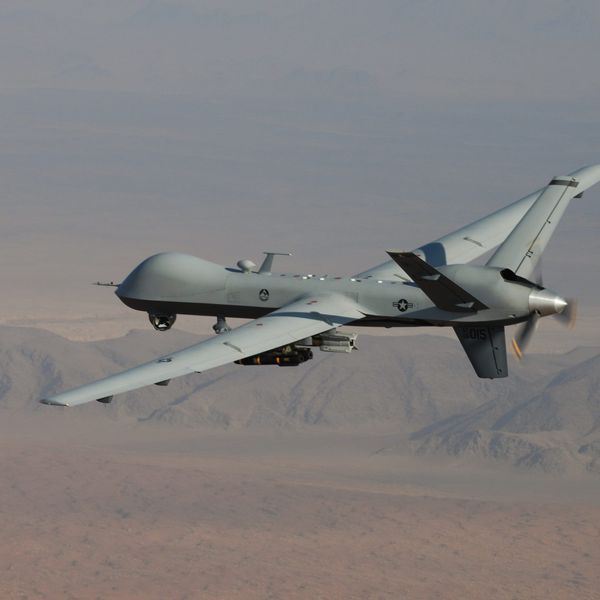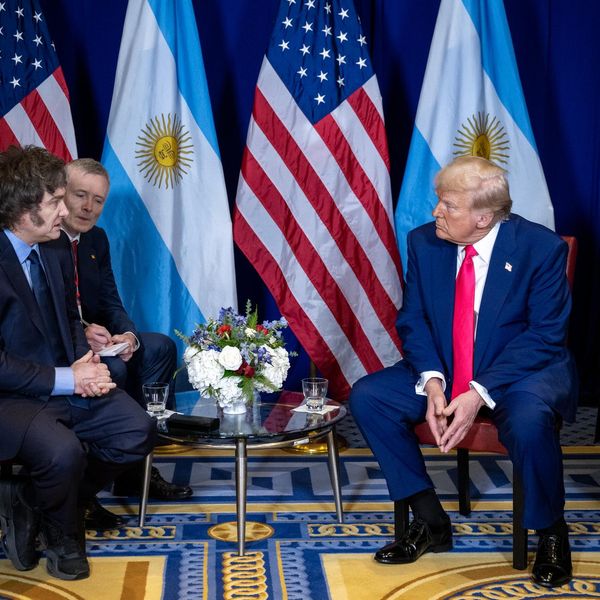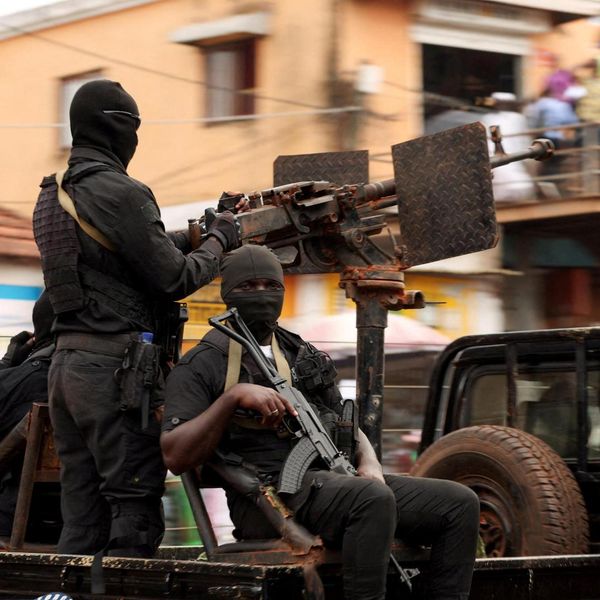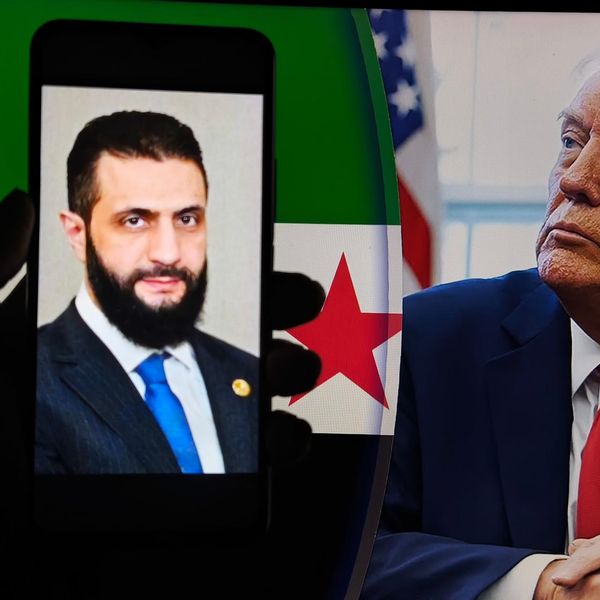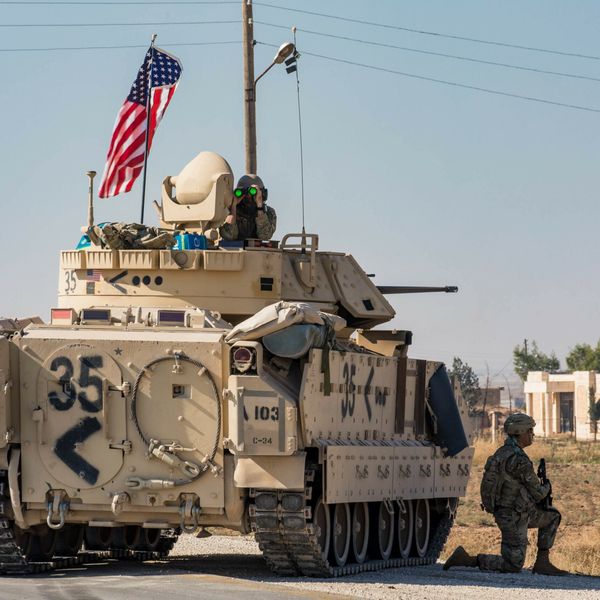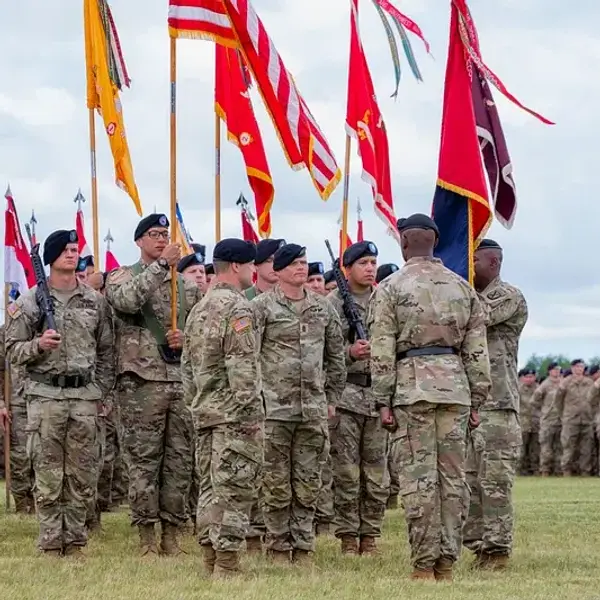In the run up to the NATO Summit at The Hague next week, June 24-25, President Donald Trump and his administration should present a clear U.S. plan for peace in Ukraine to the European and Ukrainian governments — one that goes well beyond just a ceasefire.
While it is understandable that Trump would like to walk away from the Ukraine peace process, given President Vladimir Putin’s intransigence and now the new war in the Middle East, he and his team need to state clearly the parameters of a deal that they think will bring a lasting peace. Walking away from the effort to end the war prematurely leaves Washington in continued danger of being drawn into a new crisis as long as the U.S. continues to supply Ukraine with weapons and intelligence.
On the other hand, if Washington abandons the peace effort and stops helping Ukraine, that country’s defenses will be in acute danger of collapse.
The Trump administration therefore needs to use the NATO summit to present Europe and Ukraine with the clear terms of what it regards as a reasonable and practicable peace settlement as the basis for negotiation with Russia. If Kyiv and Brussels accept, then these terms should be presented to Moscow, and if Moscow refuses to negotiate on this basis, then U.S. aid to Ukraine should continue unchanged.
If however the Ukrainians and Europeans reject the proposed terms, then they should be told that their refusal will lead to an end to Washington’s support for Ukraine, and that if European countries wish to continue to support the war, they will have to do so on their own.
This may seem a harsh approach, but in fact it will help the Ukrainian government. For even if leading Ukrainian officials now see that the conditions for peace that Ukraine has set are impossible to achieve, domestic political fears constrain them from changing course.
This is common throughout history. France fought on for years in Indochina and Algeria after it was clear that no French victory was possible, because the French establishment was politically incapable of admitting this. The same was true of the U.S. in Vietnam. The only way that Ukrainian leaders can get away with accepting a compromise peace is if they can truthfully tell their own hardliners that Washington and NATO gave them no choice.
The U.S. administration also needs to show the Russians what they have to gain from a settlement — and by the same token, what they would lose by rejecting it. If the Russian government rejects these terms as a basis for negotiation after Ukraine has accepted them, then U.S. aid to Ukraine should continue, until the Russians are prepared to compromise along these lines.
The peace terms that the U.S. administration should put forward include the following:
- The ceasefire line should run along the line where the battlefront stands (with limited possibility for territorial swaps).
- Russia and Ukraine pledge not to try to change this line through force, subversion, or economic pressure.
- The legal status of all five oblasts (including the parts still held by Ukraine) to be subject to future negotiation under the auspices of the UN, and with reference to the wishes of local populations.
- Both sides pledge not to carry out terrorist attacks, subversion, and attempts to undermine sovereignty on each other’s territory (including Russian-occupied areas of Ukraine).
- All Western sanctions against Russia are suspended, with a snap-back proviso for violation.
- Russian assets held in Europe are paid into a UN fund for the reconstruction of Ukraine, to be split 50:50 between areas controlled by the Ukrainian government and Russia.
- Ukraine introduces guarantees for Russian linguistic and cultural rights into the constitution. Russia does the same for Ukrainians in Russia.
- Ukraine returns the principle of neutrality to the Ukrainian constitution and abandons its intention of joining NATO.
- NATO pledges no further enlargement, and the United States pledges to veto any proposed new candidates.
- Russia formally agrees to Ukraine’s EU accession, and EU promises to foster this.
- Russia recognizes Ukraine’s right of self-defense and abandons its demand for limits on size of the Ukrainian army.
- The U.S. pledges not to provide Ukraine with missiles, main battle tanks, or fighter aircraft.
- NATO countries pledge not to send troops to Ukraine; and peacekeepers are drawn from neutral countries under the authority of the UN.
- The U.S. pledges not to station U.S. troops in countries on Russia’s borders (including Romania), with a snap-back proviso that this pledge will be canceled if Russia attacks Ukraine again.
- The U.S. agrees not to station U.S. intermediate-range missiles in Germany in return for Russia’s withdrawal of its missiles from Kaliningrad and Belarus.
- The U.S. and Russia agree to enter into negotiations for a new START treaty.
- The UN Security Council creates a Committee on European Security made up of representatives of the five permanent members. If India and/or Brazil agree to send substantial numbers of peacekeepers to Ukraine, they will be added to this committee. In this case, Germany will also be added. The remit of this committee will be to discuss and propose solutions for actual, frozen and potential conflicts on the European continent, and to act as a mechanism for giving the international community early warning of possible impending crises.
The Trump administration should seek public endorsement by NATO of these positions and a second public statement affirming the continued commitment by the United States and other NATO members to NATO as a defensive alliance within its present borders. The United States should reiterate that it will honor its existing formal treaty obligations including its commitment to the defense of existing NATO allies.
It is however under no obligation — neither legal nor moral — to extend those commitments further, in terms of NATO’s membership or NATO’s mission. The United States entered NATO to defend vital U.S. interests in Western and Central Europe, and it was on that basis that the Senate ratified the NATO Treaty in 1949.
Previous U.S. administrations pushed for expansion of NATO territory and mission, with disastrous results; but the Trump administration has adopted a different approach and needs to follow this approach with clarity, consistency, and determination. Any U.S. government has a constitutional right, and a duty to the American people, to declare that due to U.S. commitments and dangers elsewhere, it must reject taking on any extra burdens.
The state of the Ukraine war also illustrates a wider point that the United States and European governments should consider. The advent of nuclear weapons has ended direct war between the great powers, and long may that remain so. Instead, what we have seen is a range of proxy wars, and also actions by the great powers — like the EU threat to block Russia’s maritime trade — that would in the past have been considered acts of war, and would have led to war.
These actions could still do so. And at that point, all the Western and Russian commentators who claim that Russia and the West are “actually already being at war” would discover what actual war really means. So unfortunately would the rest of us.
- How NATO military doctrine failed Ukraine on the battlefield ›
- I was there: NATO and the origins of the Ukraine crisis ›
- Why South Korea's new president skipped the NATO summit | Responsible Statecraft ›
- Did Trump just dump the Ukraine War into the Europeans' lap? | Responsible Statecraft ›


